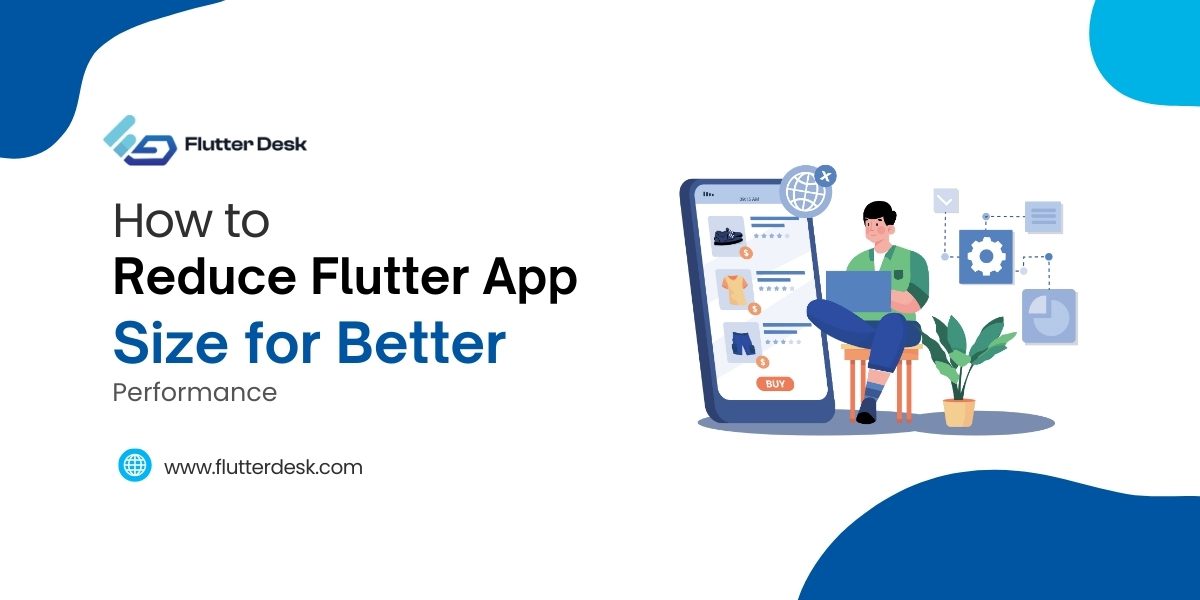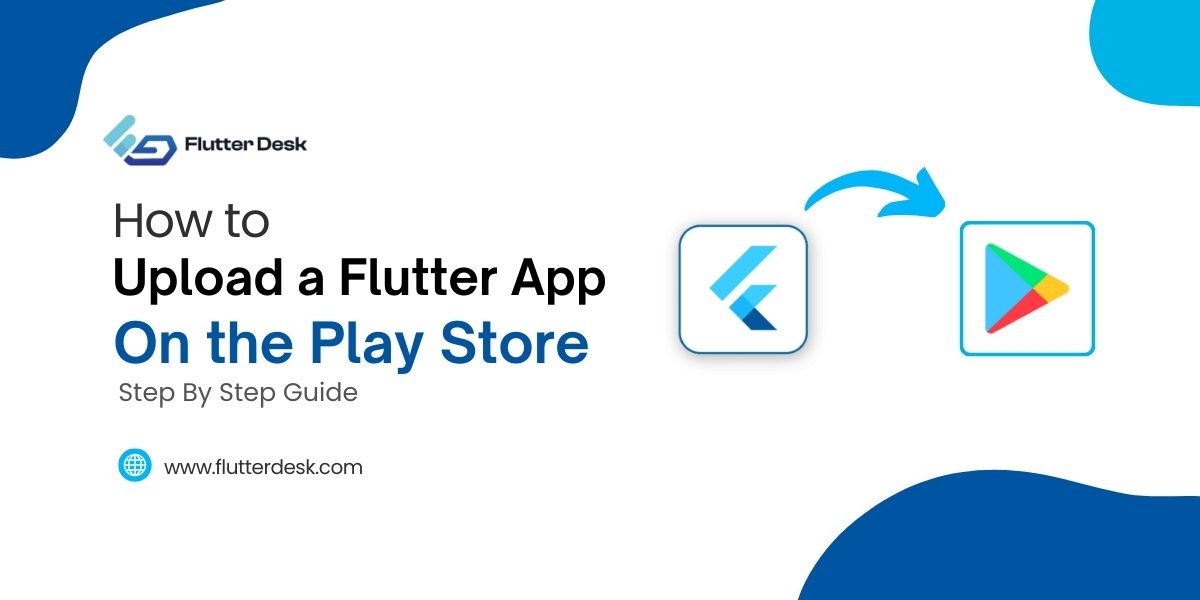Hello Developers!
Diving into Flutter means embracing a framework fundamentally transforming how we build mobile and web apps. Flutter null safety is at the heart of this transformation, a vital feature that significantly elevates the quality and reliability of our applications.
Null safety in Flutter isn’t just an add-on; it’s a robust layer of protection against common null reference errors, leading to fewer crashes and maintenance headaches. By integrating Flutter null safety, we’re not only enhancing code quality but also ensuring a smoother, more predictable development experience. It represents a crucial shift in our coding practices, pushing mobile app development services towards writing safer, more efficient, and reliable code.
So, let’s explore how Flutter null safety reshapes the app development landscape, setting new standards for stability and performance.
What is Flutter Null Safety?
Flutter null safety is a pivotal feature in the Flutter framework designed to eliminate the common pitfalls associated with null references in programming. At its core, null safety allows developers to make more predictable and safer assumptions about their code.
By explicitly distinguishing between variables that can and cannot be null, Flutter null safety minimizes the risk of null reference errors, notorious for causing crashes and bugs in applications.
Including a flutter null check in this system ensures that every variable is accounted for, either as potentially null or guaranteed non-null. This distinction is crucial, as it directly addresses the issue of null references – a source of many runtime errors in app development. In essence, Flutter null safety enhances code reliability and robustness, making apps more stable and decreasing the likelihood of unexpected crashes due to null reference errors.
How to Enable Null Safety in Flutter Projects?
To enable null safety in your Flutter projects, start by updating to Flutter 2 or later and Dart 2.12 or higher. Then, update your pubspec.yaml file to specify the Dart SDK version in the environment section, ensuring it supports null safety. Next, run dart pub upgrade to update your dependencies to the latest versions that support null safety. If you’re creating a new project, null safety is enabled by default in these updated versions. This setup prepares your project environment to fully leverage the benefits of null safety in Flutter.
Why Migrate To Flutter Null Safety?
Migrating to Flutter null safety is a strategic move for developers aiming to enhance the quality and robustness of their applications. This transition marks a significant shift towards a more secure coding environment, where null reference errors – a common source of app crashes – are substantially reduced.
By adopting null safety, developers gain the ability to write more predictable and maintainable code, which inherently leads to more reliable app performance. The migration process encourages a thorough review of the codebase, fostering cleaner and more efficient coding practices.
In executing the Flutter null safety migration, developers undergo a systematic approach to upgrade their existing Flutter code. This includes analyzing the codebase, updating dependencies, and incrementally applying null safety principles to ensure a smooth transition. The goal transcends mere compliance with modern coding standards; it’s about elevating the overall quality of applications developed.
While this migration requires an initial investment of time and effort, the benefits, including a significant reduction in potential bugs and enhanced stability of Flutter apps, are well worth it.
Preparing for Flutter Null Safety Migration
To successfully migrate your code to Flutter null safety, follow these essential steps:
- Analyze Your Codebase: Begin by using Flutter’s analysis tools to identify parts of your code that may need adjustment.
- Update Dependencies: Ensure all dependencies in your project are compatible with null safety. Update them as needed.
- Gradual Migration: Start with less complex packages or modules. This piecemeal approach helps manage the migration process effectively.
- Testing: After each migration step, thoroughly test your application to catch any issues early.
- Refactoring: Modify your code to accommodate null safety principles. This may include changing variable types and adjusting logic.
Common Challenges & Solutions to Null Safety Migration
During Flutter null safety migration, you might face a few challenges, but they can be navigated with targeted solutions.
Legacy code or non-null-safe dependencies are common hurdles. Tackle these by incrementally updating your code first and seeking null-safe alternatives for third-party dependencies. For teams adapting to null safety concepts, gradual learning with smaller code segments is effective.
Compatibility issues between null-safe and non-null-safe code can arise. Utilize mixed-mode, which allows both types of code to coexist during the transition.
Lastly, increased complexity in debugging and testing is manageable through rigorous testing of each migrated section, ensuring stability throughout the process.
By addressing these challenges methodically, the migration leads to improved code quality and application stability.
Flutter Null Safety Versions
- Dart 2.12 Integration: This version of Flutter integrates Dart 2.12, which introduces sound null safety, fundamentally changing how nulls are handled in the code.
- Sound Null Safety: This feature ensures that variables are non-nullable by default, offering a more robust and predictable coding experience.
- Nullable Types: Developers can explicitly declare variables as nullable, adding flexibility and control over where nulls can appear.
- Null Safety in Standard Libraries: Flutter’s standard libraries have been updated to be null-safe, providing a consistent and safe coding environment.
- Migration Tooling: Flutter offers tools to help developers migrate existing code to null safety, simplifying the transition process.
- Mixed Version Programs: Allows for mixing of null-safe and non-null-safe code, facilitating a gradual migration.
Disable Null Safety Flutter- When and Why to Use It
At times, you might encounter scenarios where disabling null safety temporarily in Flutter is necessary. This can be particularly useful during the migration phase when some parts of your code or certain dependencies are not yet null-safe.
Disabling null safety allows your application to run without the strict null safety checks, providing a temporary workaround while you gradually update your code. However, this should be a short-term measure.
The goal is to achieve a fully null-safe environment for the long-term benefits it offers in terms of application stability and code reliability. Remember, disabling null safety is not a solution but a temporary bridge to a fully migrated, more robust Flutter application.
Flutter Null Check-Writing Safer Code
Incorporating Flutter null checks into your coding practice is essential for enhancing the safety and reliability of your applications. Here are some effective techniques and best practices:
- Using ‘??’ Operator: This operator allows you to provide a default value if a variable is null, ensuring your code executes smoothly even when null values are encountered.
- Assert Statements: Implement assert statements in development to catch null values early, preventing potential issues in production.
- ‘!’ Operator with Caution: Use the ‘!’ operator to assert that a value is non-null, but do so judiciously to avoid runtime errors.
- Type Promotions: Utilize Dart’s type promotion feature to treat variables as non-nullable after null checks, reducing the need for repetitive checks.
Flutter Run No Sound Null Safety: Troubleshooting
Addressing the flutter run-no sound null safety issue primarily involves ensuring that your environment and code are correctly configured for null safety. This error often arises when attempting to run a project that hasn’t been fully migrated to null safety in an environment expecting null-safe code.
To troubleshoot, verify that your Flutter SDK and dependencies are up-to-date and support null safety.
Additionally, check your project’s Dart version for compatibility. If parts of your code are not yet migrated, consider using the no-sound-null-safety flag to bypass null safety checks temporarily, allowing your project to run while you complete the migration.
Conclusion
Flutter null safety marks a significant advancement in app development, offering a more robust and error-resistant coding environment. By mandating non-nullable types by default and providing clear pathways for handling nulls, Flutter elevates code quality and app stability.
Looking ahead, the integration of null safety in Flutter is set to be a standard, influencing not just code safety but also shaping the future of app development with Flutter, promising more reliable, maintainable, and efficient applications.










